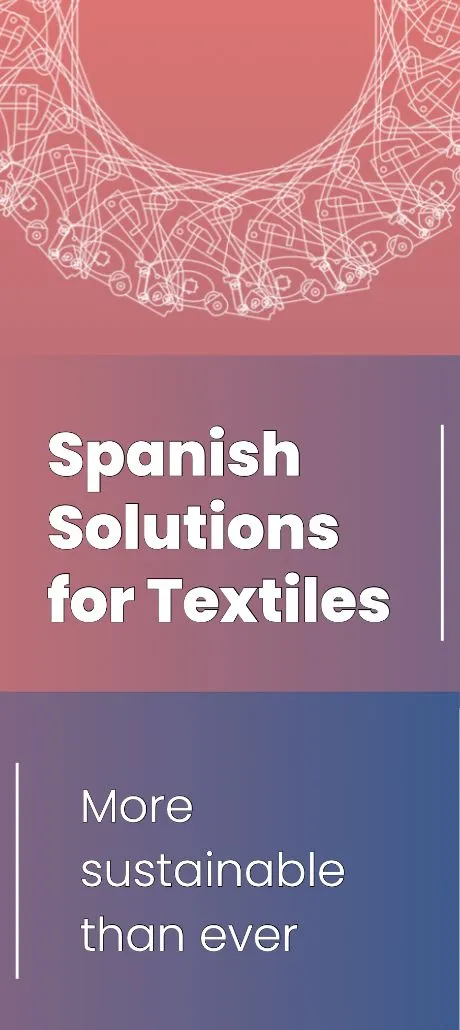While the European Union has recently enacted tougher textile regulations to promote sustainability in production hubs like Bangladesh, the relentless flow of secondhand clothing to Africa remains unchecked — leaving countries like Ghana grappling with severe environmental and economic consequences.
Every week, Ghana receives over 15 million pieces of secondhand clothing from the UK alone, the bulk of which is unsellable and ends up as waste. In Accra’s Kantamanto Market, the largest hub for secondhand textiles, only 30% of the imported clothing can be resold. The remaining 70% finds its way into landfills, waterways, and ecosystems, creating a toxic legacy in sensitive areas like the Ramsar-listed Densu Delta wetlands.
The broader crisis is fueled by global overproduction. The Ellen MacArthur Foundation estimates that 30% of clothing produced globally goes unsold or is discarded within a year, with much of it ending up in African countries. Synthetic fibers such as polyester, nylon, and acrylic dominate these wastes, contributing to 35% of microplastics in aquatic ecosystems worldwide.
Despite bans on textile waste imports by nations like Rwanda and Uganda, leading to a 25-30% reduction in waste dumping, the problem persists across the continent. Ghana alone spends over $45 million annually to manage flooding and pollution worsened by discarded textiles.
Meanwhile, EU policies have pushed countries like Bangladesh to adopt better wastewater treatment and reduce chemical use, yet the global textile waste system remains imbalanced. Without comprehensive international action, experts warn that vulnerable communities and ecosystems will continue to suffer under the toxic burden of fast fashion’s waste.
The crisis in Ghana serves as a stark reminder of the hidden costs of cheap fashion. As consumers in Europe and beyond rethink their purchasing habits, the global community must demand greater accountability and systemic solutions to prevent environmental exploitation disguised as charity.






























